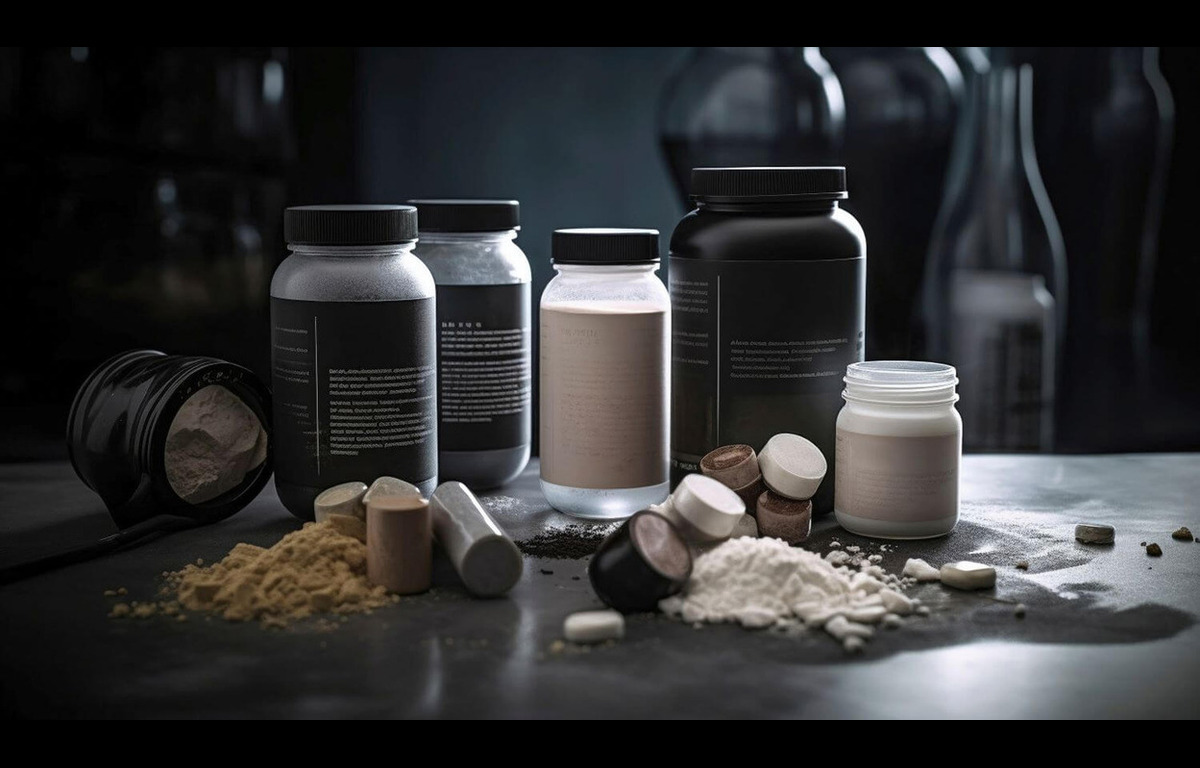
Copper Repipe and Water Taste: What You Didn’t Know
- Creative Repipe
- Business
- 2025-07-14 16:54:33
- 540K
Have you ever turned on your kitchen tap and noticed a strange taste in your water? It’s a small thing that can make a big difference in daily life. Many homeowners are surprised to learn how much their pipes can affect water quality. Copper, a common choice for home piping, often comes into the picture when people plan a repipe services project. But how exactly does it connect to the taste of your water?
Does Copper Change the Taste of Water?
Copper pipes have been widely used for decades. They are known for being strong and long-lasting. But when pipes start to age or corrode, they can release small amounts of copper into the water. While this is usually safe at low levels, it may leave a faint metallic taste. Some people notice it more than others, especially if the water sits in the pipes overnight.
Why Would You Need a Copper Repipe?
Older pipes can develop leaks, corrosion, or build-up inside that affects water flow and taste. This is where repipe specialist services step in. Instead of patching one problem after another, a full copper repipe replaces old lines with new ones. This helps restore water pressure, reduces the risk of hidden leaks, and often improves the overall quality of your tap water.
Is the Metallic Taste Harmful?
In most cases, a slight metallic taste is not harmful. The U.S. Environmental Protection Agency (EPA) sets guidelines for safe copper levels in drinking water. However, if you taste something unusual, it’s always better to get your water tested. High copper levels can be linked to old, deteriorating pipes. Fixing the root cause early can save you from bigger issues later.
Does a Copper Repipe Improve Taste?
Many homeowners report better-tasting water after a repipe. This is because new copper pipes are less likely to leach material into the water. Over time, older pipes can develop a thin layer of corrosion inside, which may affect both the taste and clarity of water. Replacing them with new copper piping helps keep the water cleaner and fresher.
Common Problems Homeowners Face
Unpleasant taste is only one sign. Discolored water, low water pressure, or frequent leaks often go hand in hand with aging pipes. Some even notice a greenish tint on fixtures or sinks caused by copper deposits. Ignoring these signs can lead to more expensive repairs down the line.
When to Consider Repipe Services
If your home is over 20–30 years old, certain warning signs may indicate it’s time for repipe services:
- Frequent Leaks – Repeated leaks often point to aging pipes that can no longer hold pressure.
- Changes in Water Quality – Unusual taste, discoloration, or sediment may signal internal corrosion.
- Low Water Pressure – Build-up inside old pipes can restrict water flow.
- Visible Signs of Wear – Stains, damp spots, or exposed rust are red flags.
A copper repipe is not just about better taste. It helps ensure your water supply stays clean, consistent, and dependable for years to come.
Wrapping It Up
The taste of your water often says more than you realize. While copper remains a reliable choice for piping, aging or damaged lines can change what flows from your tap. Ignoring these signs may lead to bigger, costlier problems over time. Calling a skilled repipe specialist at the right moment can restore both quality and safety to your home’s water system.
Fresh pipes not only improve taste but also ensure a steady, clean supply for years ahead. In the end, investing in repipe services is about more than pipes; it’s about peace of mind.
Leave a Reply
Please login to post a comment.












0 Comments